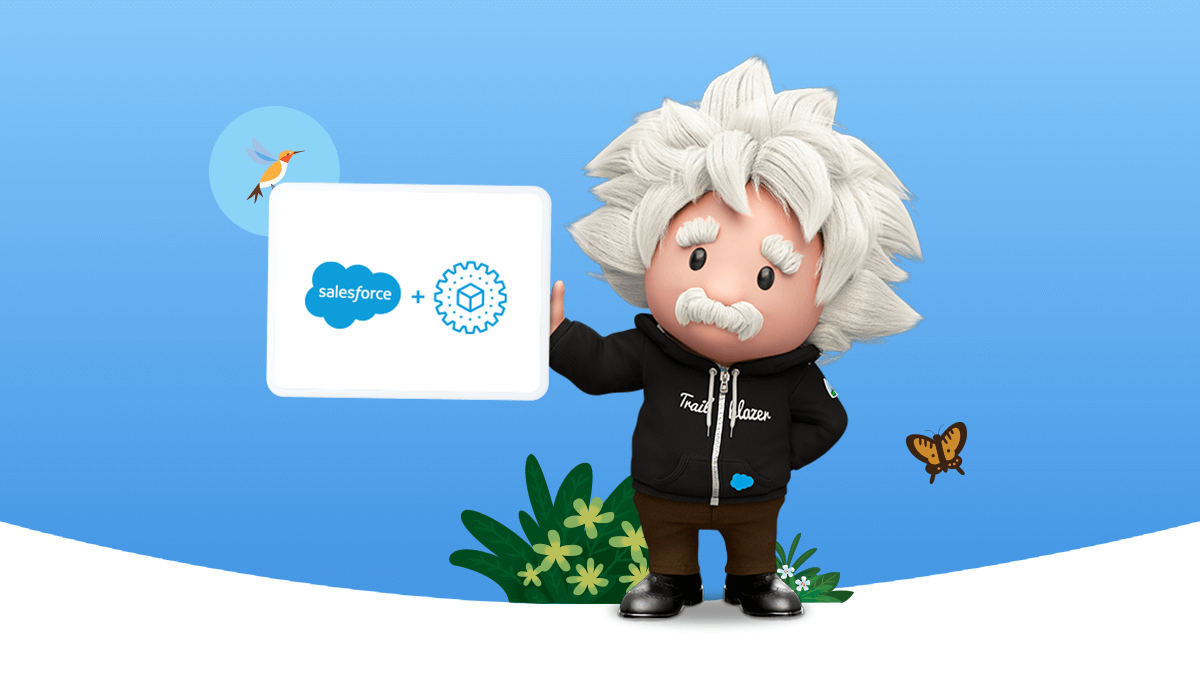
Better business practices = happier customers: 5 tips from T-Mobile.
Learn why the Un-carrier has customers crazy about its service.
In 2013, T-Mobile US disrupted the wireless industry with a major shift: giving customers exactly what they wanted.
Unlike its competitors at the time, T-Mobile dropped annual service contracts, overage fees, and roaming fees, and focused on improving customer service and delivering more value. And today, T-Mobile’s 5G network is the largest, fastest, and most-awarded 5G network in the country.*
Because of its shift toward radical customer centricity, T-Mobile experienced year-over-year growth that compelled other major carriers to follow suit – or lose customers for good.
But before this journey started, T-Mobile faced significant growing pains. Around 2009, the company was struggling to provide sufficient coverage outside of major U.S. cities, diminishing its perceived value.
Addressing this challenge required a twofold solution. First, T-Mobile had to distinguish itself from the wireless status quo, which was unpopular at the time. Second, the company needed the product and service innovation to turn this refocused mission into reality. That’s when it launched its Un-carrier campaign.
“We are a people-first company, and that’s what makes us the Un-carrier,” said Poppy Coutinho, Senior Manager of Product & Technology.
Propelling the Un-carrier forward
Becoming the Un-carrier meant embracing massive change, beginning with understanding customer wants and needs. These included flexible plans, transparent pricing, and personalized service – factors the industry was historically slow to act on. Then, the company unlearned outdated business practices, created an unconventional new business model that put customers first, and simplified sales and service.
“One of the things we are absolutely passionate about is that we are customer-focused,” said Marti Walsh, Senior Marketing Manager. “Everything that T-Mobile does is based on the customer.”
But T-Mobile’s journey didn’t stop with its customers. To ensure great customer service, the company needed to prioritize its employee experience. That’s when T-Mobile began its journey to unify its sales, service, marketing, and IT departments around a shared view of customer information with Einstein 1, one integrated CRM platform.
Let’s take a look at how Coutinho, Walsh, and the rest of the T-Mobile team use Einstein 1 to digitally transform the employee and customer experience.
Step 2: Empower sales reps to deliver streamlined and personalized customer service.
Step 3: Deliver better and faster customer care with low-code apps.
Step 4: Scale the business by optimizing lead segmentation and marketing strategy.
Step 5: Keep teams connected and engaged while working from home.
1. Understand every customer through connected data.
To serve customers more effectively, T-Mobile needed to create a full picture of each B2B and B2C customer. The company already had success implementing Salesforce initiatives around service and customer care in partnership with IBM. However, delivering on its Un-carrier mission required adopting a new series of CRM features.
This was especially true when it came to T-Mobile for Business. When millions of potential buyers started conversations in stores, T-Mobile lacked the technology to capture that information and move it across digital channels. Sales representatives were also limited in follow-up opportunities after these conversations.
To streamline sales and service processes across more than 5,000 stores nationwide, T-Mobile equipped its in-store employees with sales tools they needed to serve customers faster. Through a custom app, sales representatives can capture in-store consultation data to create a unique profile for each prospect. With this single source of truth, other T-Mobile teams can reference and update this data as prospects move through the sales funnel.
Customers can also schedule retail appointments through T-Mobile’s website or its custom welcome app. When customers arrive at their local T-Mobile store, sales representatives are ready to greet them with a full picture of their account history.
“The biggest advantage of Salesforce is that it keeps all of the customer data in one place,” Coutinho said. “It provides a single view of the customer that allows us to cater to customer needs and meet them wherever they are.”
By connecting prospective customer data across in-store and online touchpoints, sales representatives can focus on delivering more personalized retail experiences – wherever customers start their journey.
2. Empower sales reps to deliver streamlined and personalized customer service.
Transforming the T-Mobile customer experience required a similar transformation internally. To increase sales representative and service agent efficiency, T-Mobile built integrated apps that improve its employee – and ultimately customer – experience using Communications Cloud and the Salesforce Platform.
Communications Cloud provides the industry-specific CPQ and contract lifecycle management functions sales teams need to generate quotes and contracts faster and with more accuracy. For example, in-store sales representatives can quickly process a customer’s credit from their tablets with a custom, Salesforce Platform-powered app. So far, T-Mobile has seen a 93% reduction in clicks throughout the sales process, resulting in an 85% faster renewal process – plus a seven-hour reduction in weekly work effort.
7hours
reduction in
weekly work effort
93%
fewer clicks in
sales process
85%
faster renewal
process
How IT Leaders Use Workflow Automation to Save Time and Money
Please fill out the form to learn how automation helps leaders boost their teams' productivity.
3. Deliver better and faster customer care with low-code apps.
With a more connected picture of its customers, T-Mobile had to put this data into action. The company used the Salesforce Platform’s custom app-building features to help employees serve customers more efficiently. For instance, sales representatives can now aggregate leads and deliver more personalized customer care inside and outside of the store.
“We’ve leveraged the low-code aspect to build secure and powerful products, which increases agility,” Coutinho said. “For example, we’ve used the out-of-the-box approval process to enable auto approvals. And the UI for our products is built using Salesforce App Builder, which significantly reduces development time. We also used screen flows to create a guided user experience for key business processes.”
The ability to build low-code and no-code workflows has transformed internal operations for sales and service teams. For example, customer service agents can use Slack’s Workflow Builder function to easily access shared documents, while managers can gain better visibility into customer support operations. Additionally, teams can create automated workflows to request status updates, share peer recognition, and more.
180million
rows of data synced
During the sales and onboarding process, T-Mobile uses CRM Analytics to guide sales representatives to high-probability opportunities while flagging at-risk accounts. The Customer Care team can also accelerate call center demand forecasting so agents can help customers faster.
T-Mobile uses Experience Cloud to manage partner and employee experiences within its Metro-by-T-Mobile division. Now, the company can orchestrate tracking, workflows, and approvals for all indirect procurement all from one digital experience platform. T-Mobile conducts all of its dealer management processes on Experience Cloud.
4. Scale the business by optimizing lead segmentation and marketing strategy.
As T-Mobile’s network grew, the business needed the right tools to optimize its marketing strategy. To accommodate rapid growth while maintaining excellent customer service, T-Mobile implemented custom marketing automation and lead nurturing features in August 2020 amid concurrent challenges – navigating COVID-19 and finalizing a merger with Sprint.
Rather than adding to business challenges, expanding marketing capabilities proved instrumental in progressing the merger. For instance, T-Mobile was able to migrate a massive volume of Sprint data to T-Mobile while streamlining use cases from Sprint’s marketing automation integration.
The company can also automate lead management processes, allowing sales representatives to spend less time on manual tasks and more time building quality relationships with prospective customers. As a result, sales teams can generate more pipeline and close deals faster.
T-Mobile now uses Marketing Cloud to expand and manage newer service offerings within the company’s home internet division and deploy tools for sales process optimization, which will include journey builders and API calling.
5. Keep teams connected and engaged while working from home.
The pandemic brought massive change to all areas of T-Mobile. Aside from closing its merger with Sprint, the company had only two weeks to transition its workforce to being fully remote. But with Communications Cloud already implemented, T-Mobile was positioned to act quickly while continuing to deliver uninterrupted customer service.
For instance, sales reps rely on the platform to nurture customer relationships. From a single dashboard, they can prioritize daily tasks, determine who they talk to next, and keep a pulse on current customer conversations from anywhere — which is critical to supporting customers in times.
To embrace flexibility and keep employees engaged with their teams from home, the T-Mobile Care team moved more than 12,000 call center agents to virtual work. T-Mobile implemented Slack as its digital HQ, powering communication for thousands of users across the company.
The company also used Slack to share important COVID-19 information with employees in real time. Store managers received answers to location-specific questions in an average of two minutes, enabling them to quickly disseminate proper guidelines.
Slack also aided the onboarding of more than 73,000 Sprint employees to complete the merger. To facilitate a smooth transition, T-Mobile created a virtual command center on Slack to break down silos and support communication between about 200 T-Mobile and Sprint employees.
12k
call center agents moved
to virtual workspaces
73k
employees onboarded
in one day
2
minutes for managers
to receive answers
As part of its response to COVID-19, T-Mobile launched a low-code co-browsing pilot through AppExchange partner Glance. This feature enabled real-time screen sharing between customers and service agents, allowing for fast, contactless case resolution. Adding this feature also eased the burden of call centers handling pandemic-driven spikes in case volumes.
Prioritizing sales and service experiences kept T-Mobile adaptable and resilient through a concurrent merger and pandemic. With Einstein 1, the company continues to propel innovations built around a unified view of customer – and employee – needs.
Ready to build a single view of your customer?
More Resources

Guide
3-Step Guide to a Seamless Prospect Journey in Communications

Customer Story
How PayPal unifies teams and systems for better customer experiences.

Video
Low Code Tools Unite Business & IT - Simply Put







